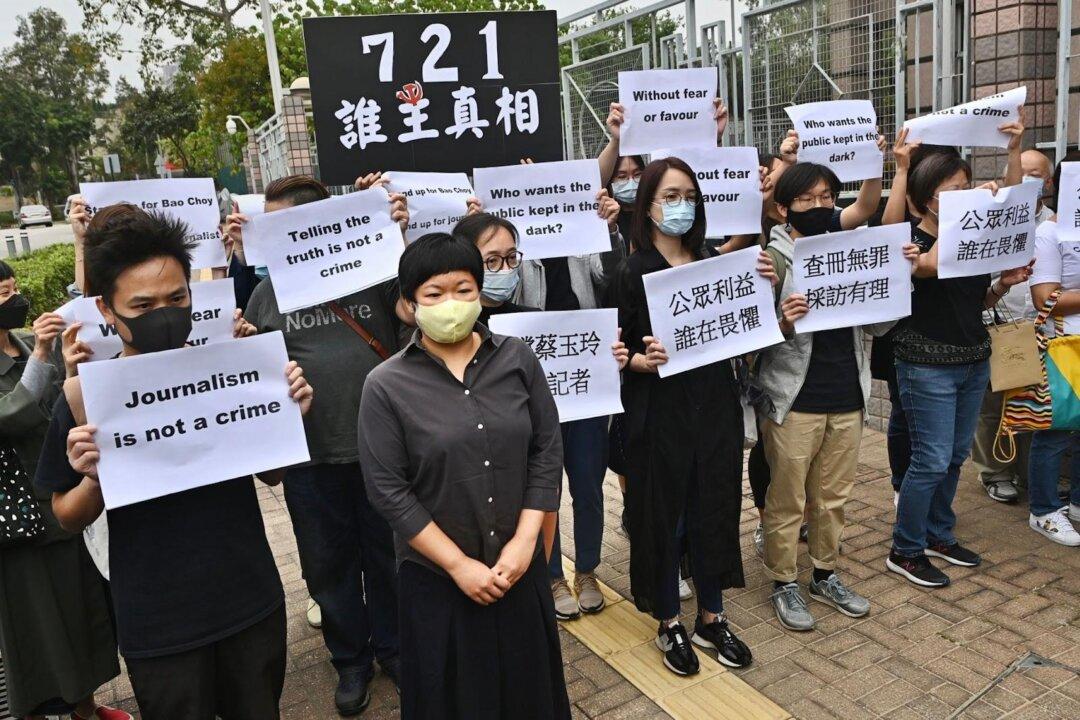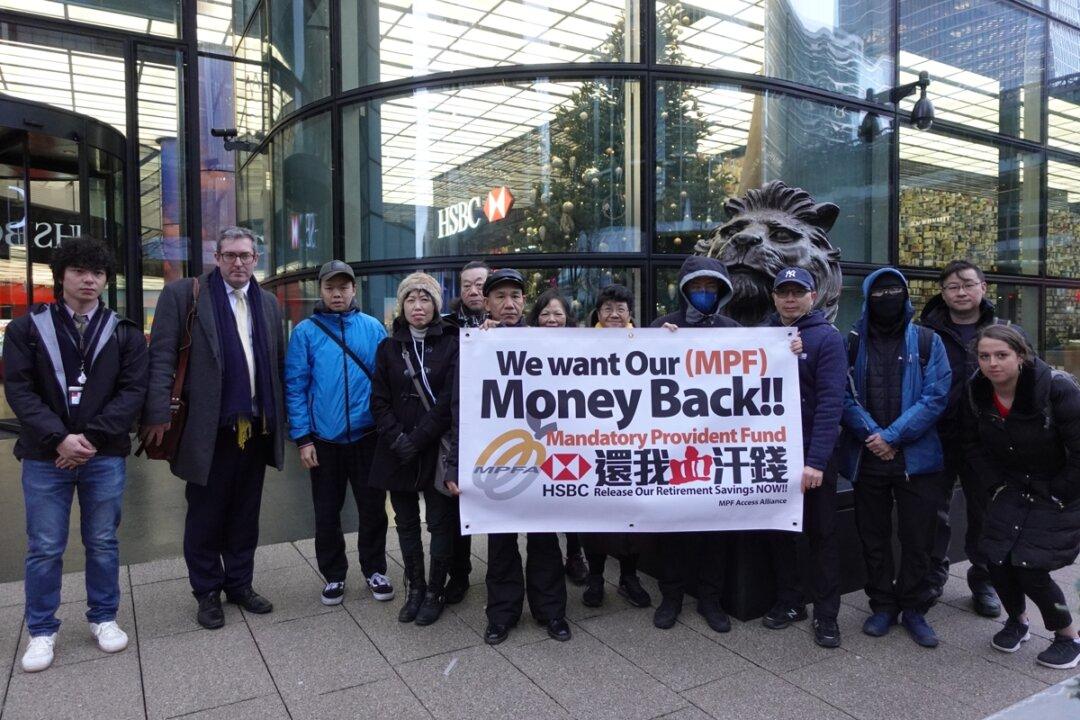ECA International, a human resource consulting agency, released its latest report on the global cost of living. The results show that New York surpassed Hong Kong to become the most expensive city in the world, as Hong Kong dropped into second place.
According to the report, although both New York and Hong Kong have benefited from a stronger currency, while housing rents in New York soared last year, in Hong Kong, “Demand for properties popular with expatriates fell as the Hong Kong economy stuttered in the face of slowing economic growth in China, uncertainties in imposing the national security law as well as strict Covid restrictions.”




